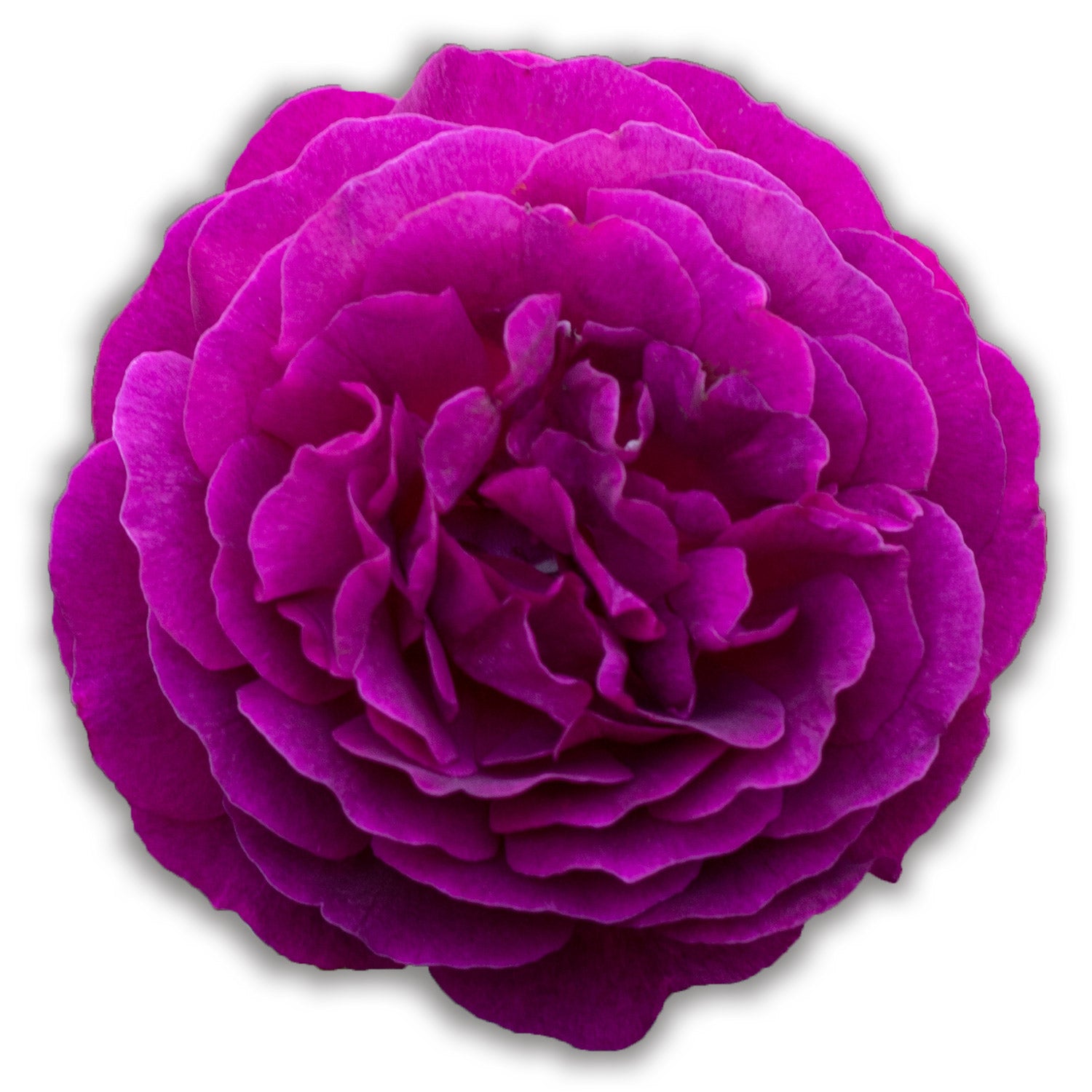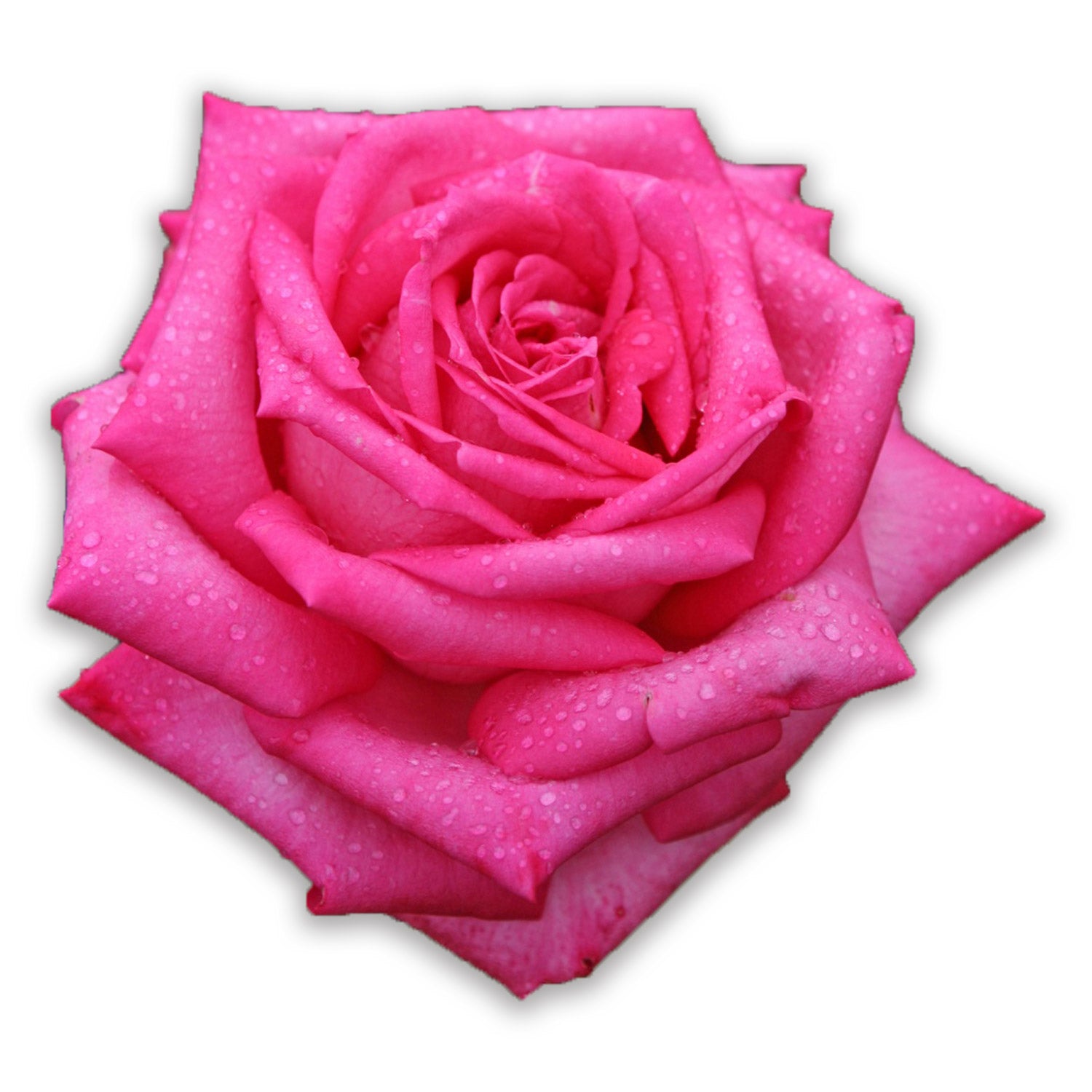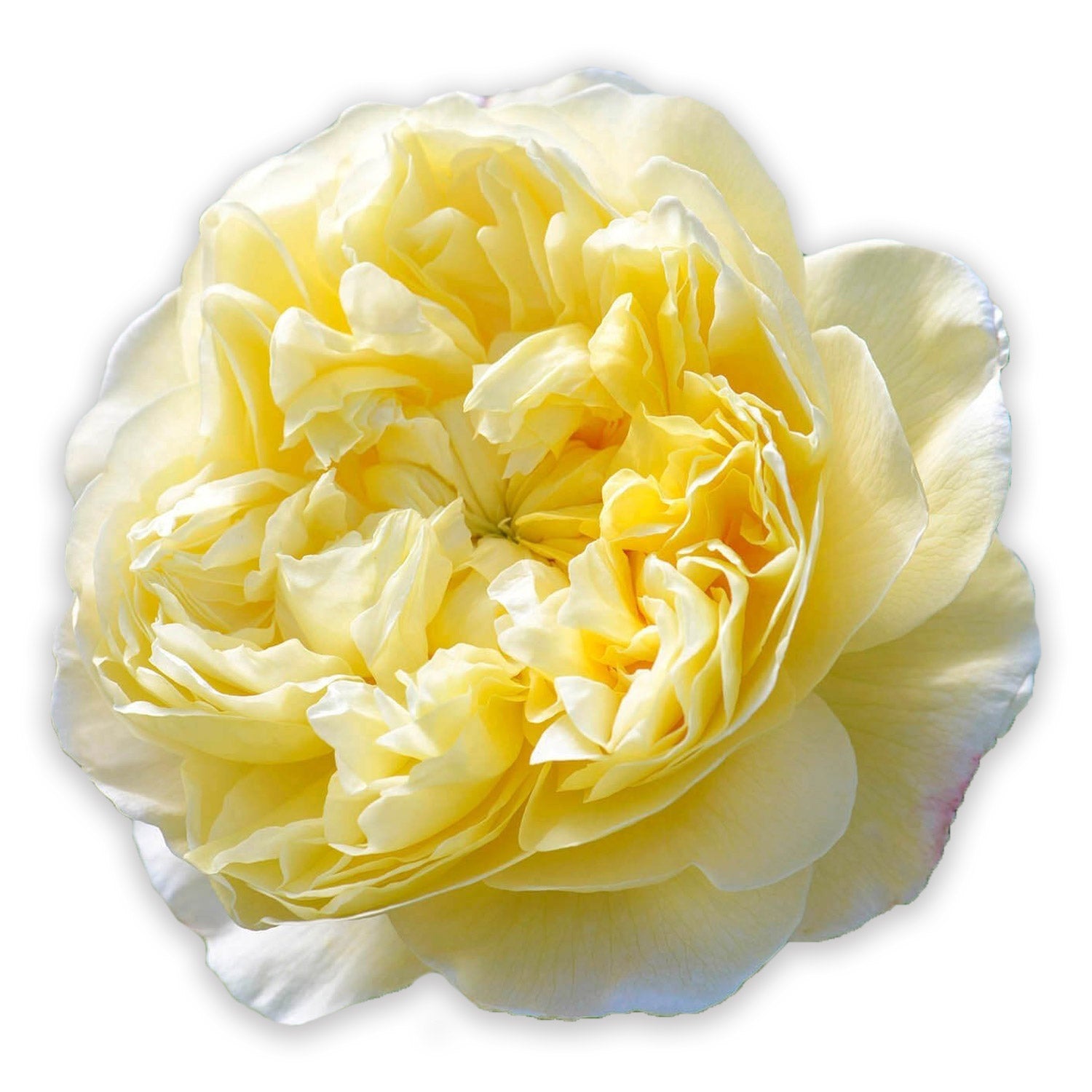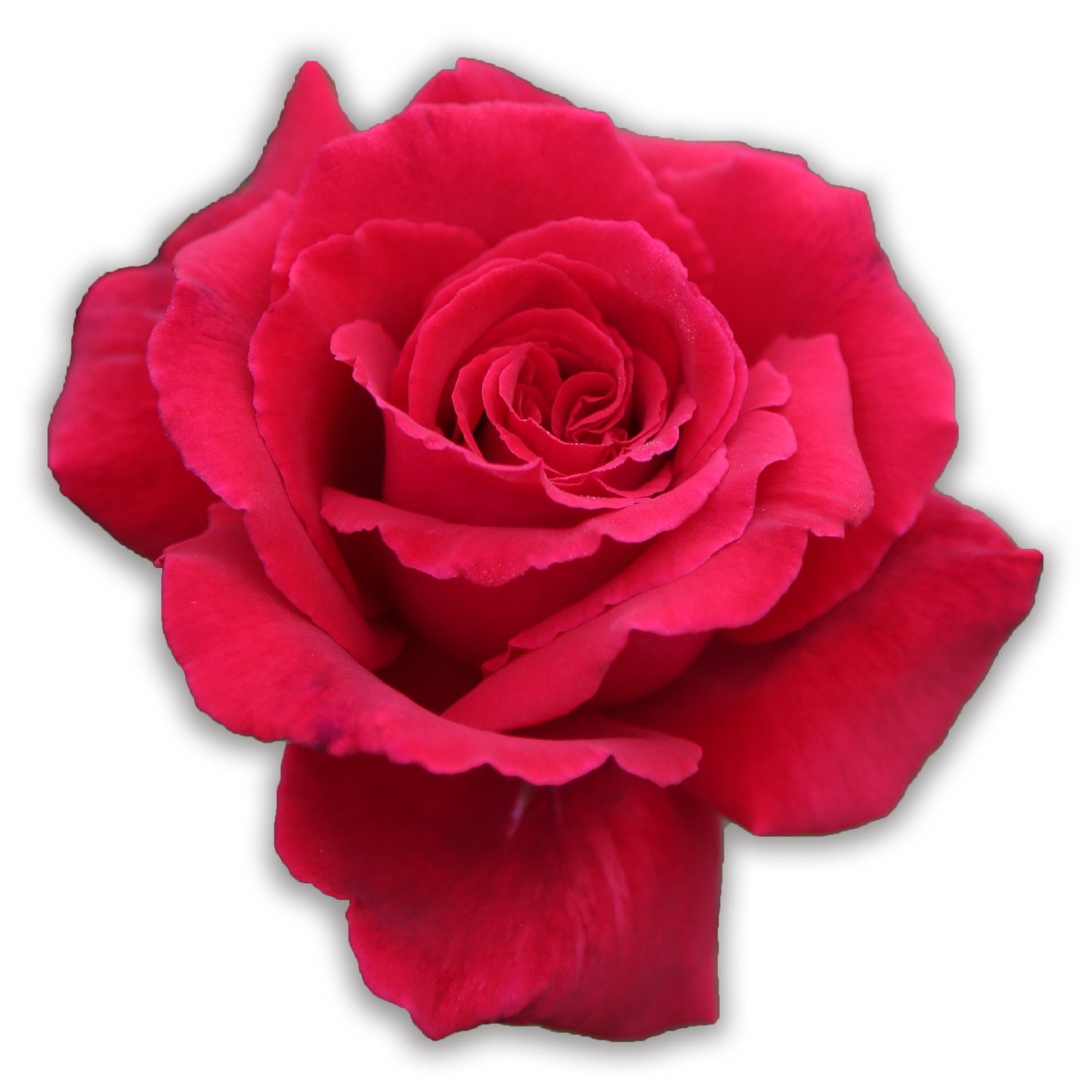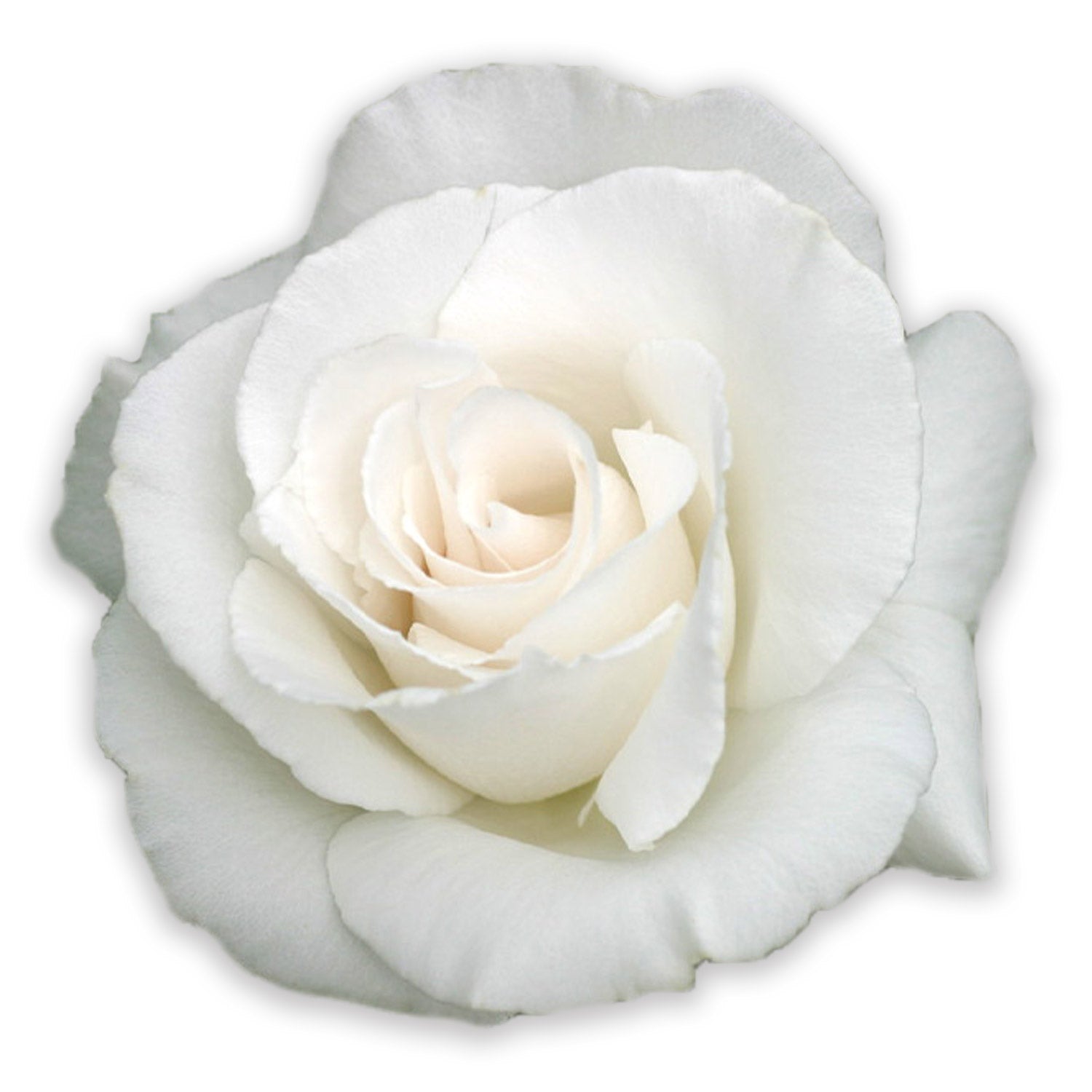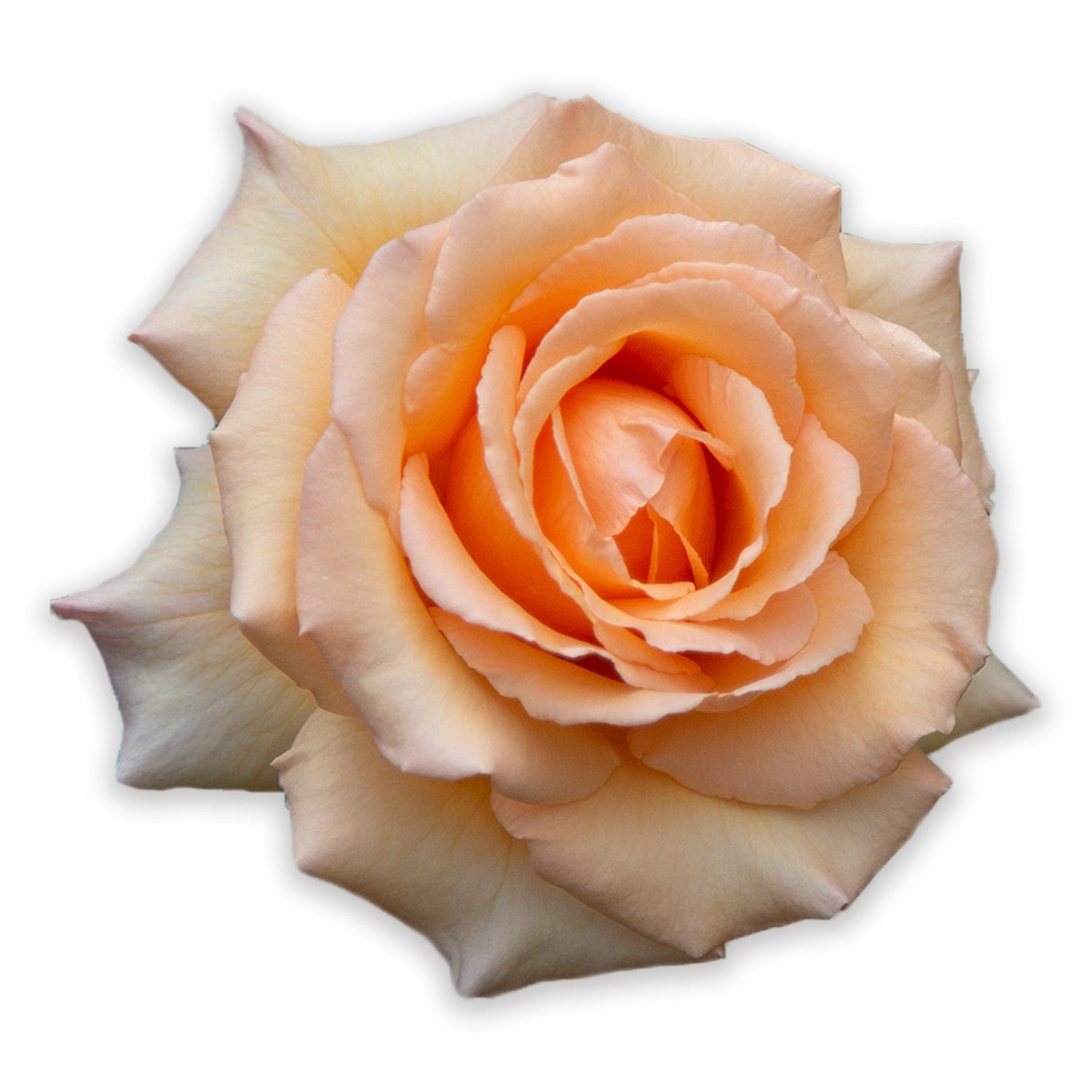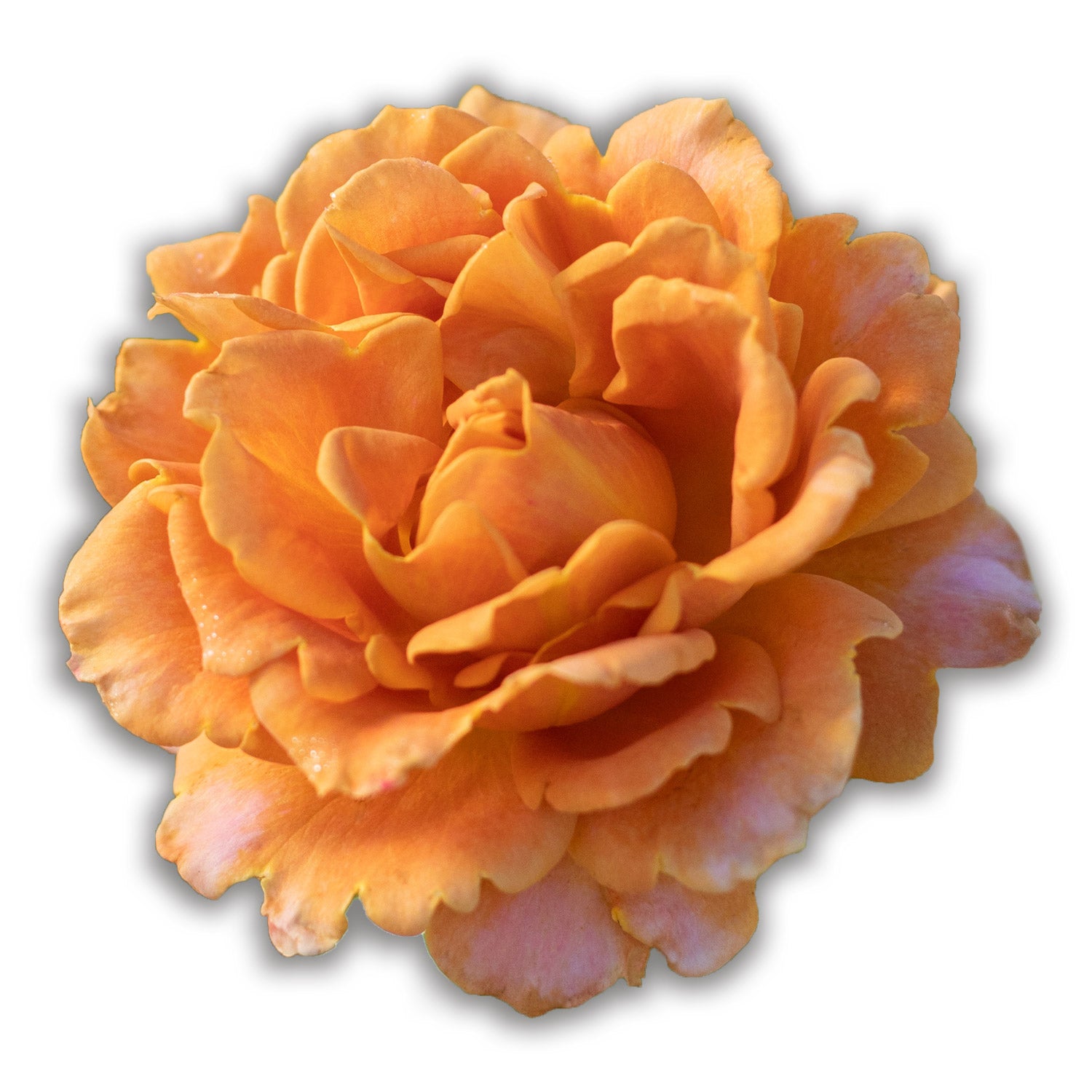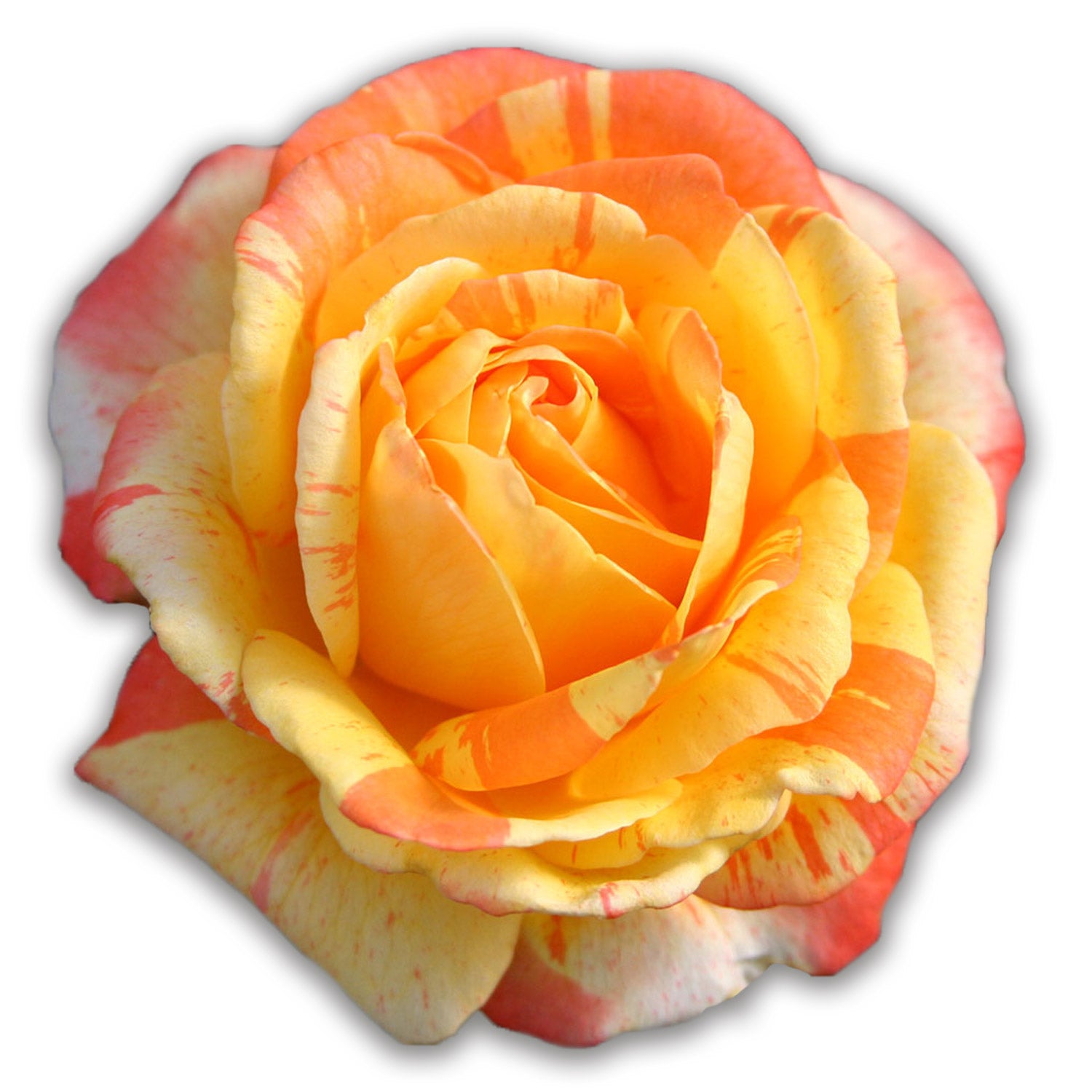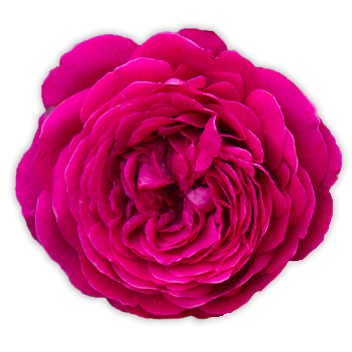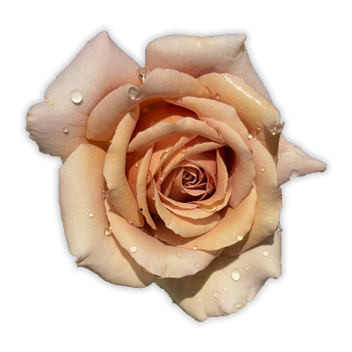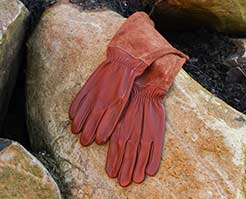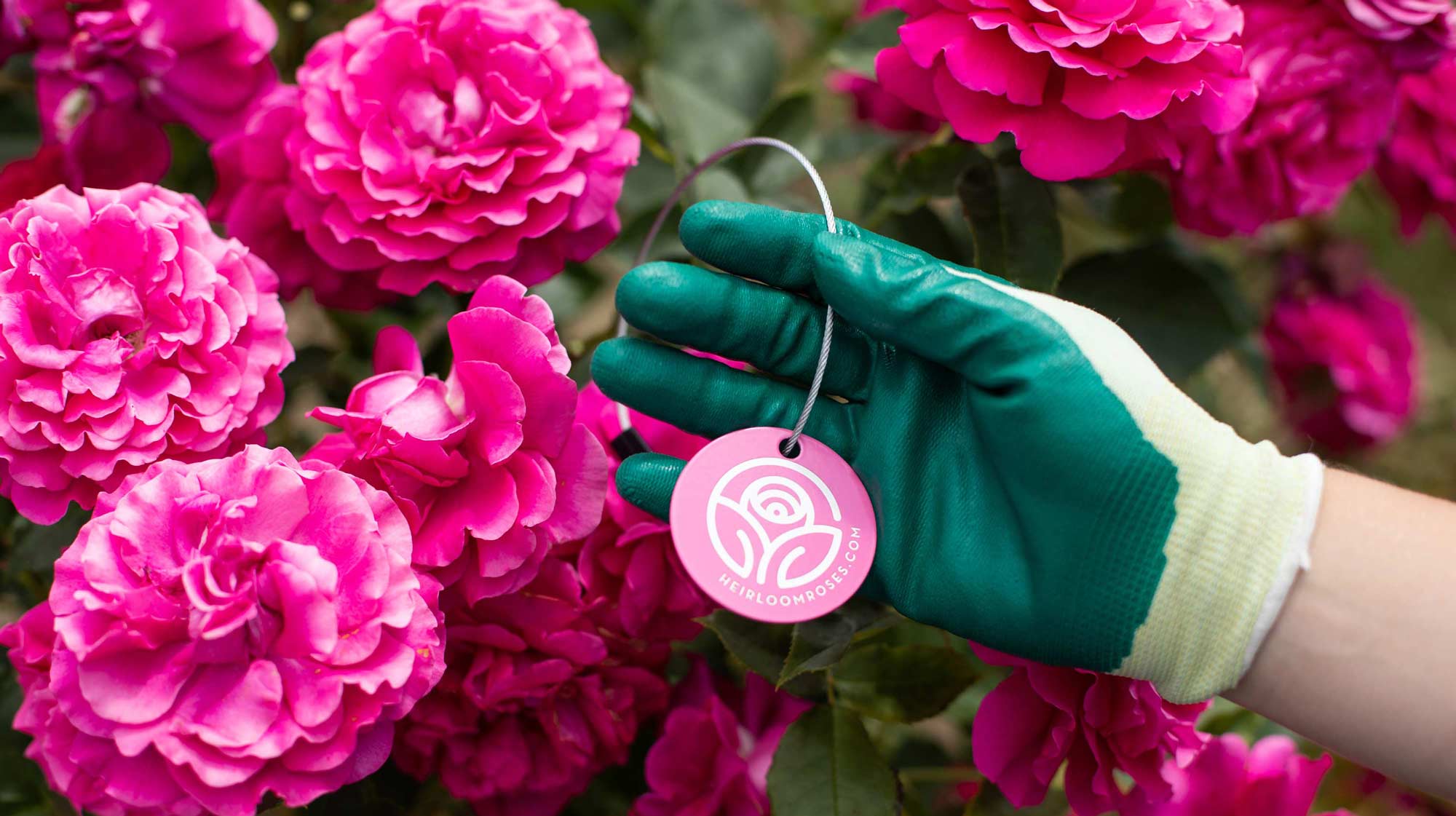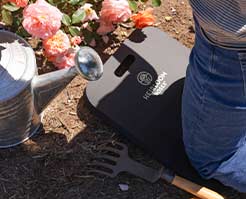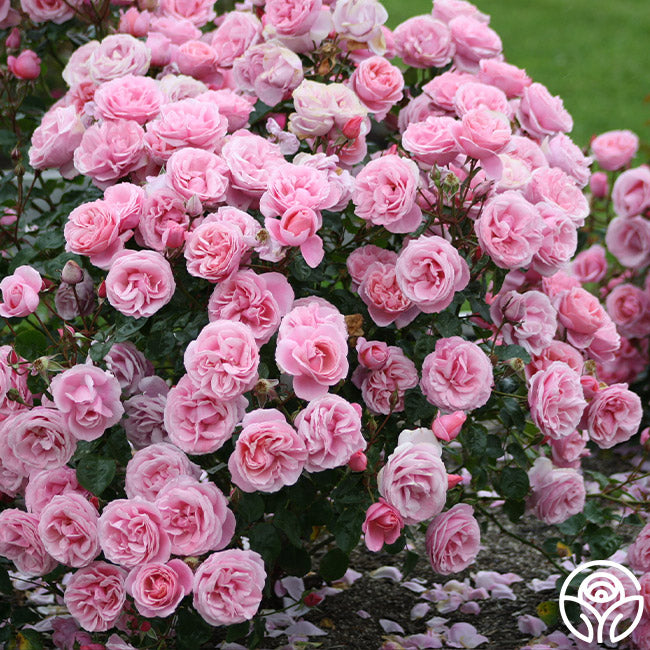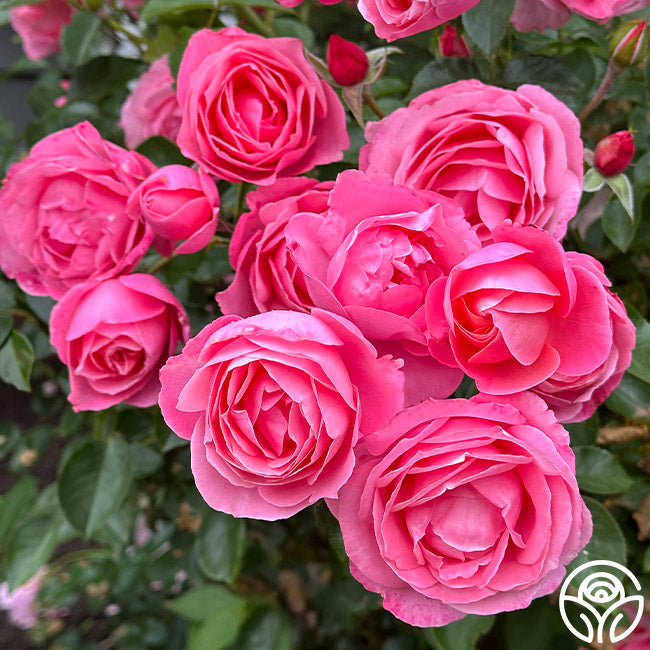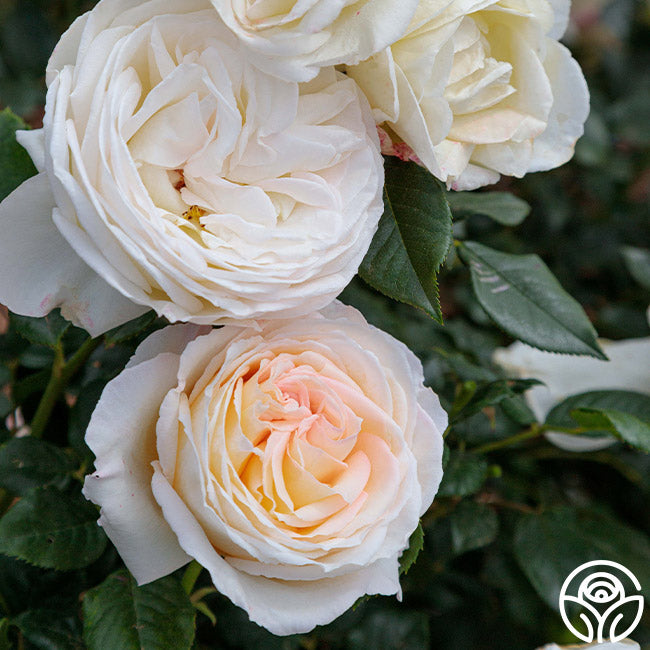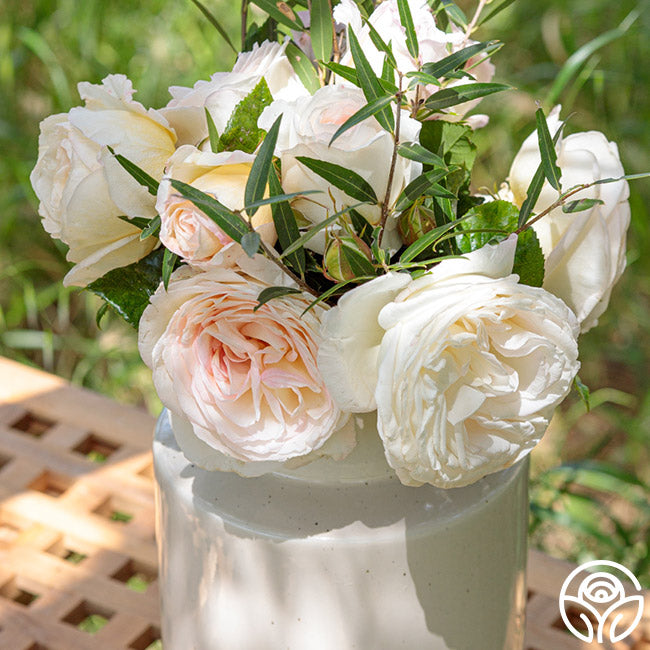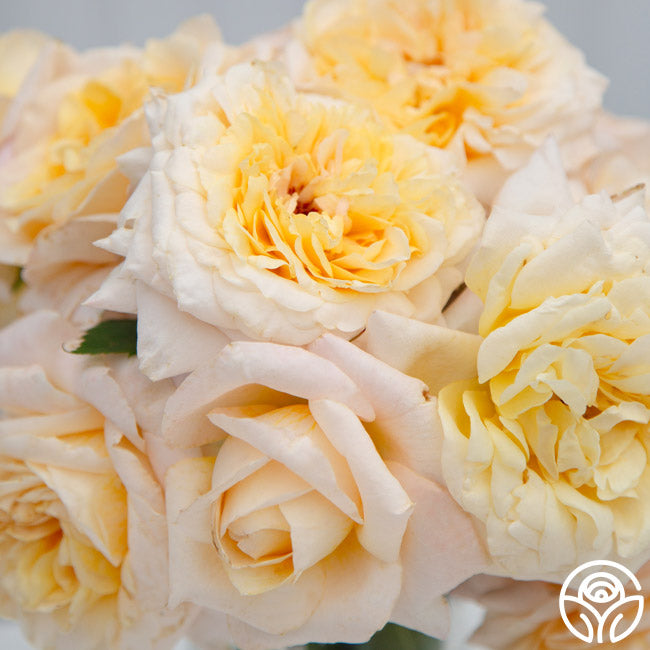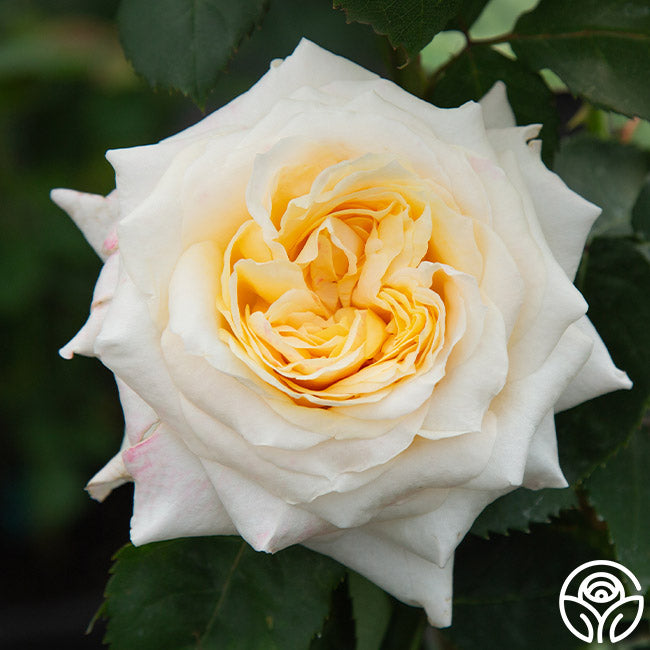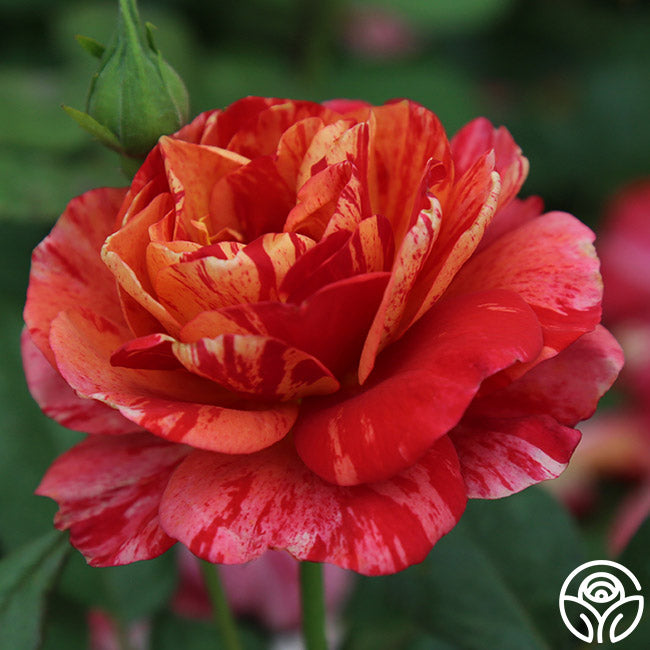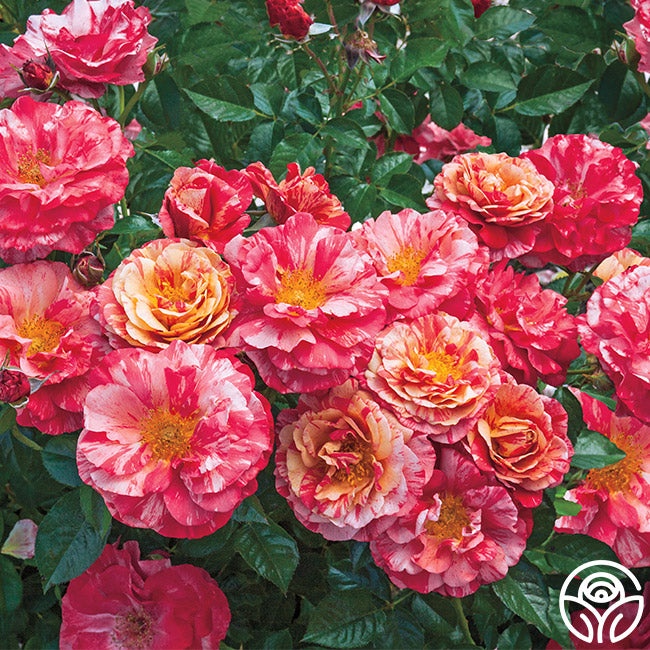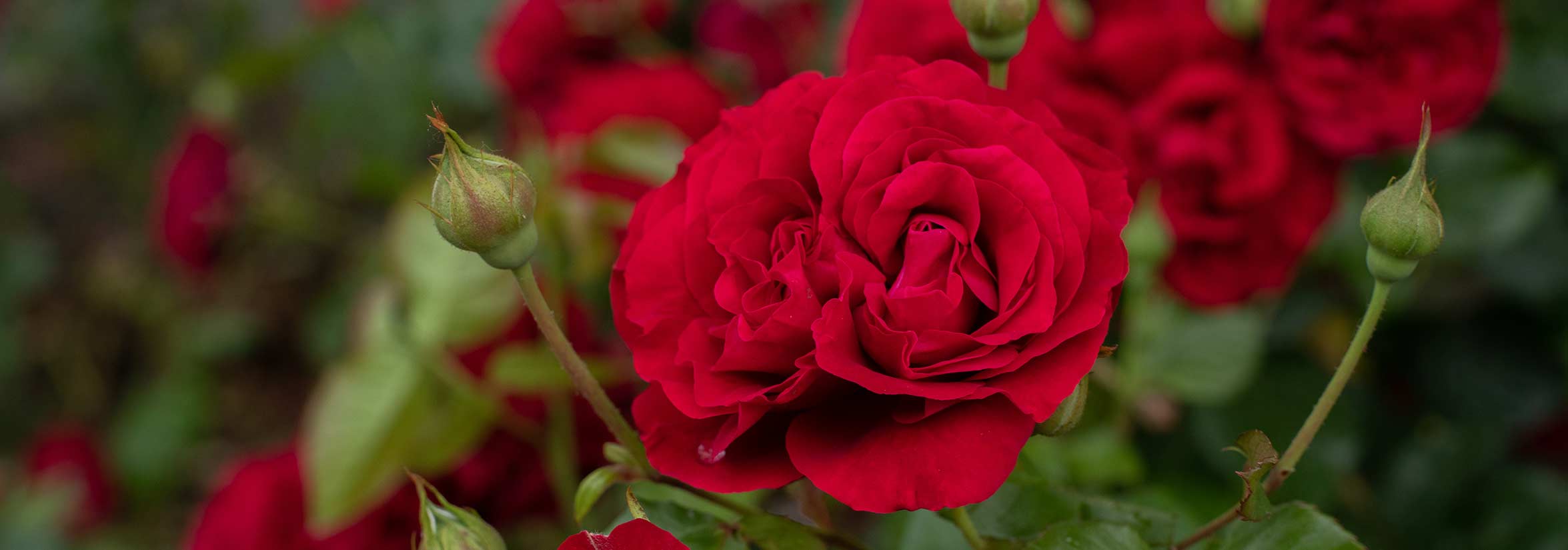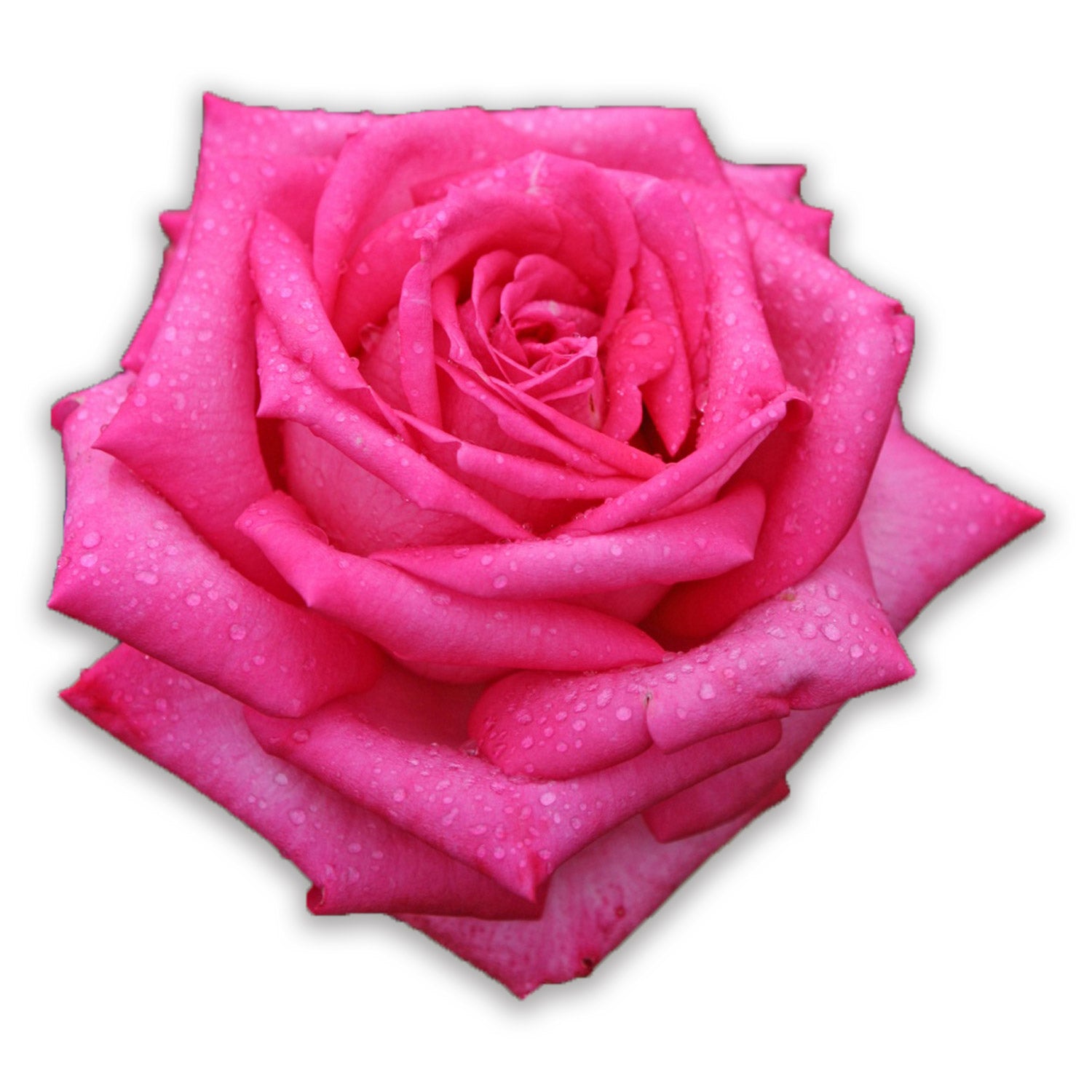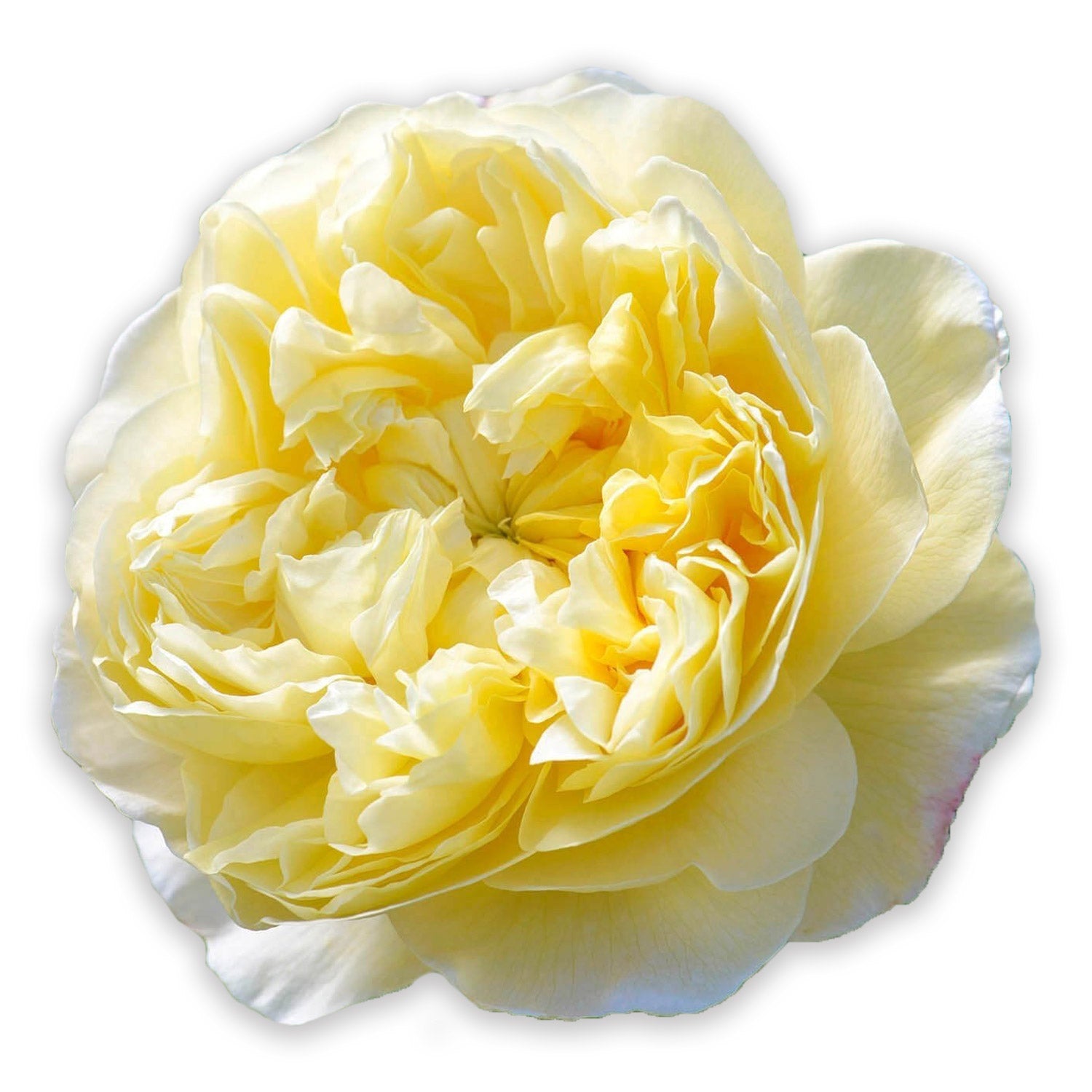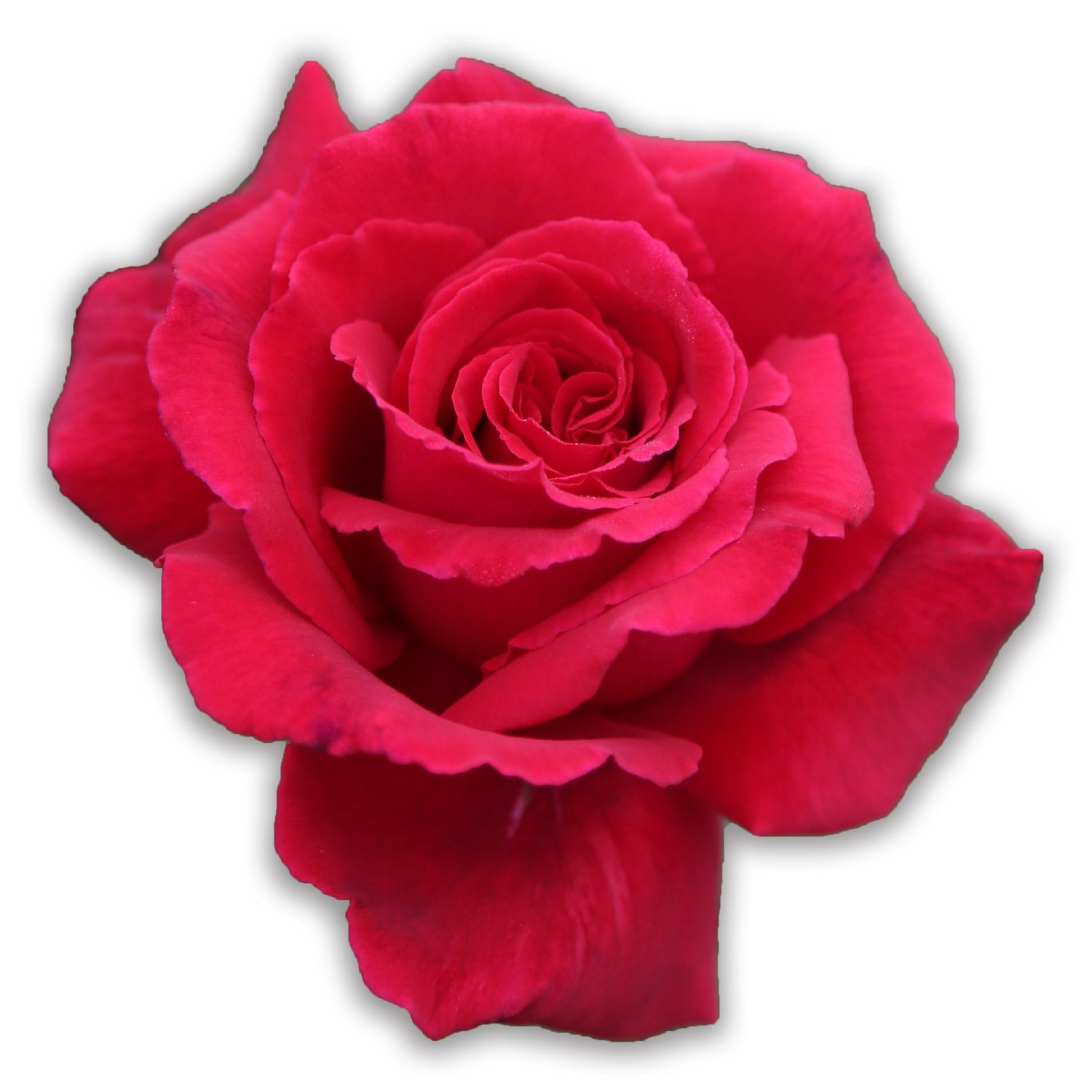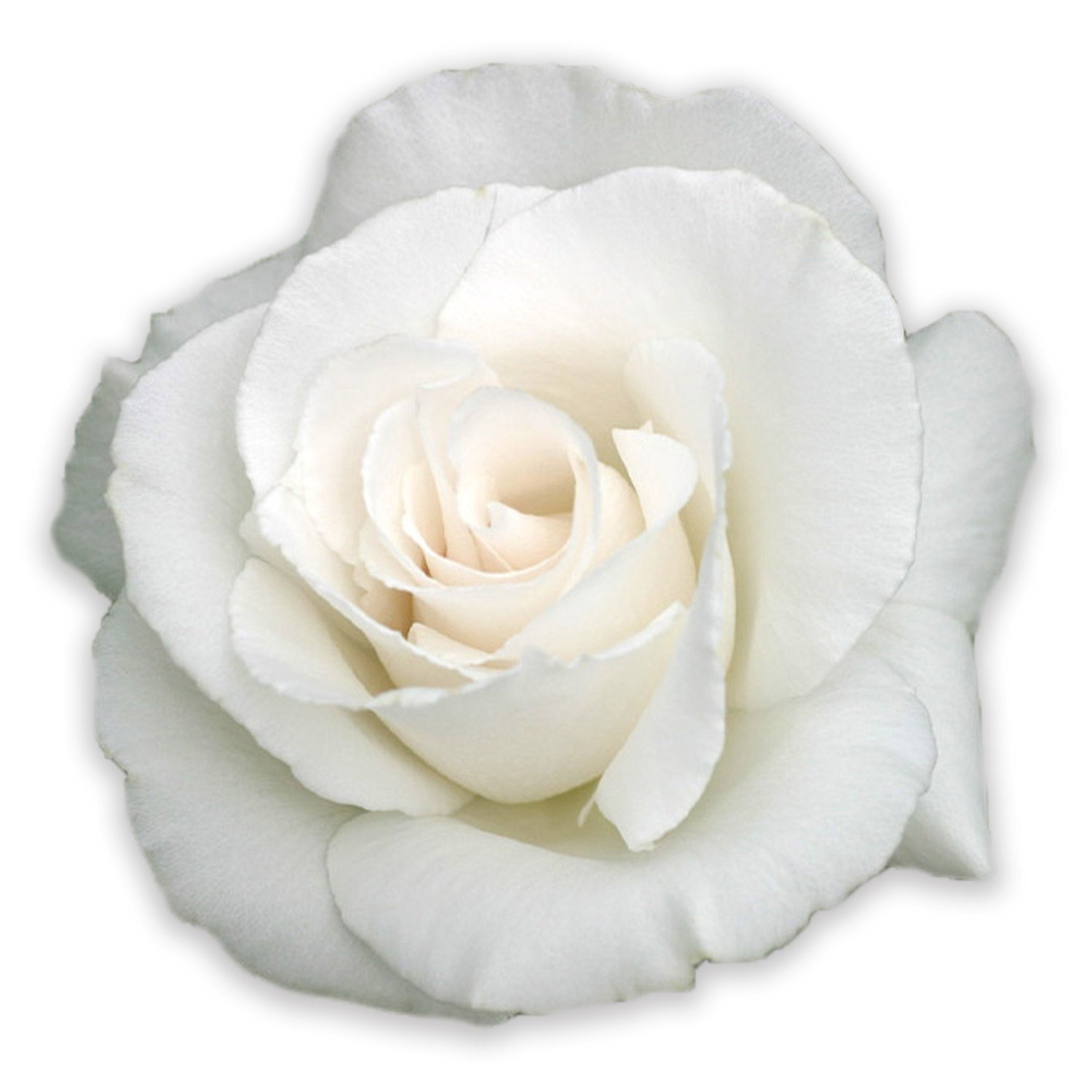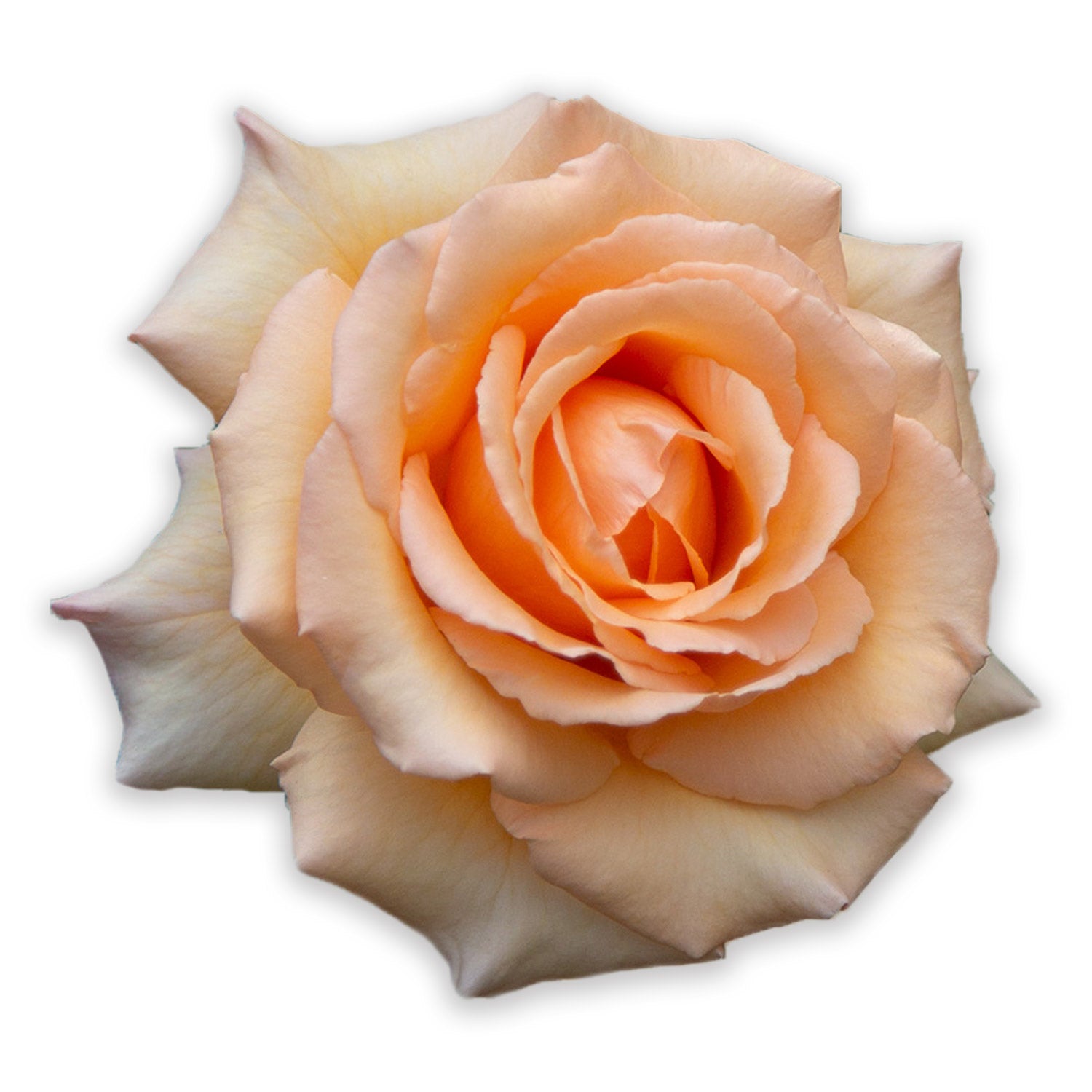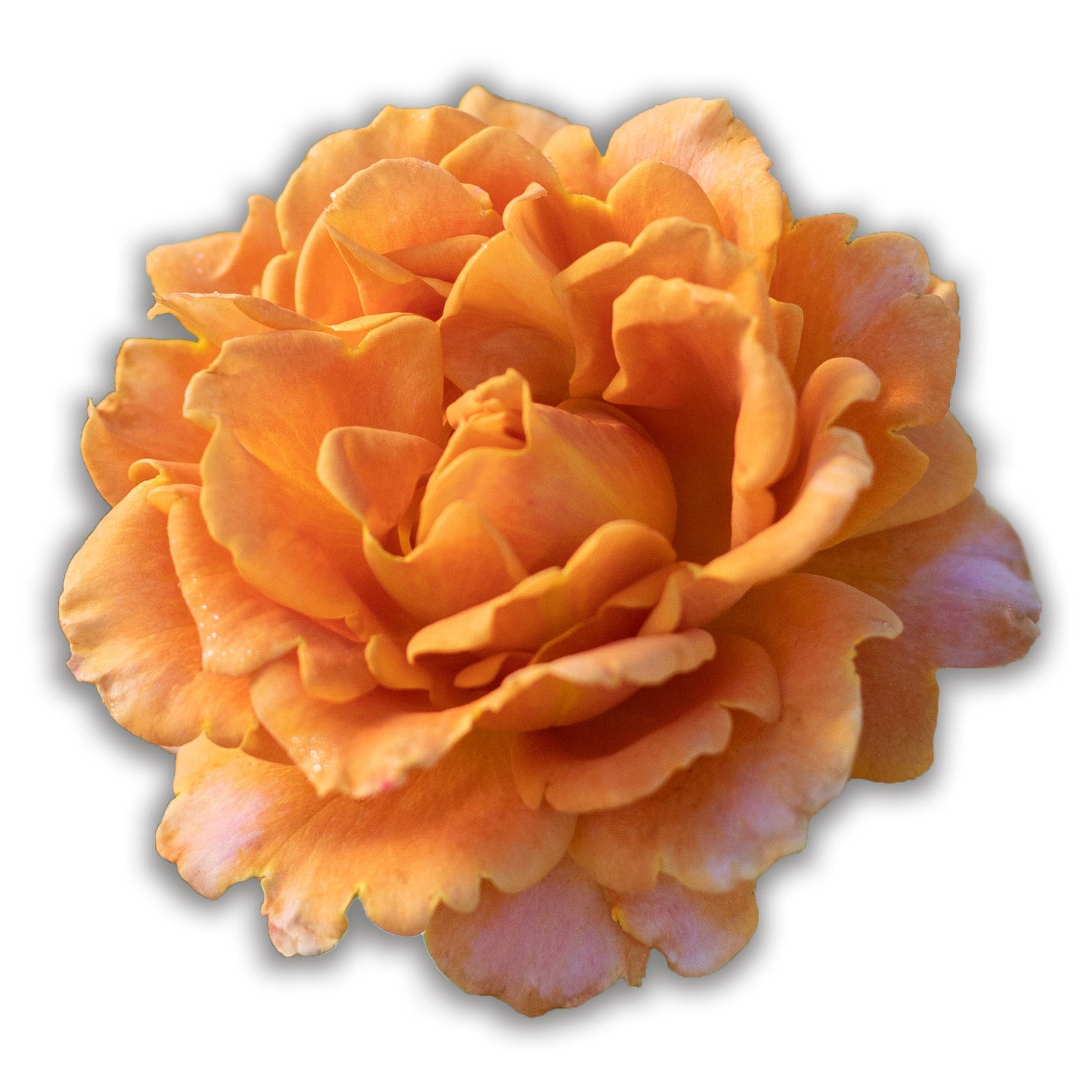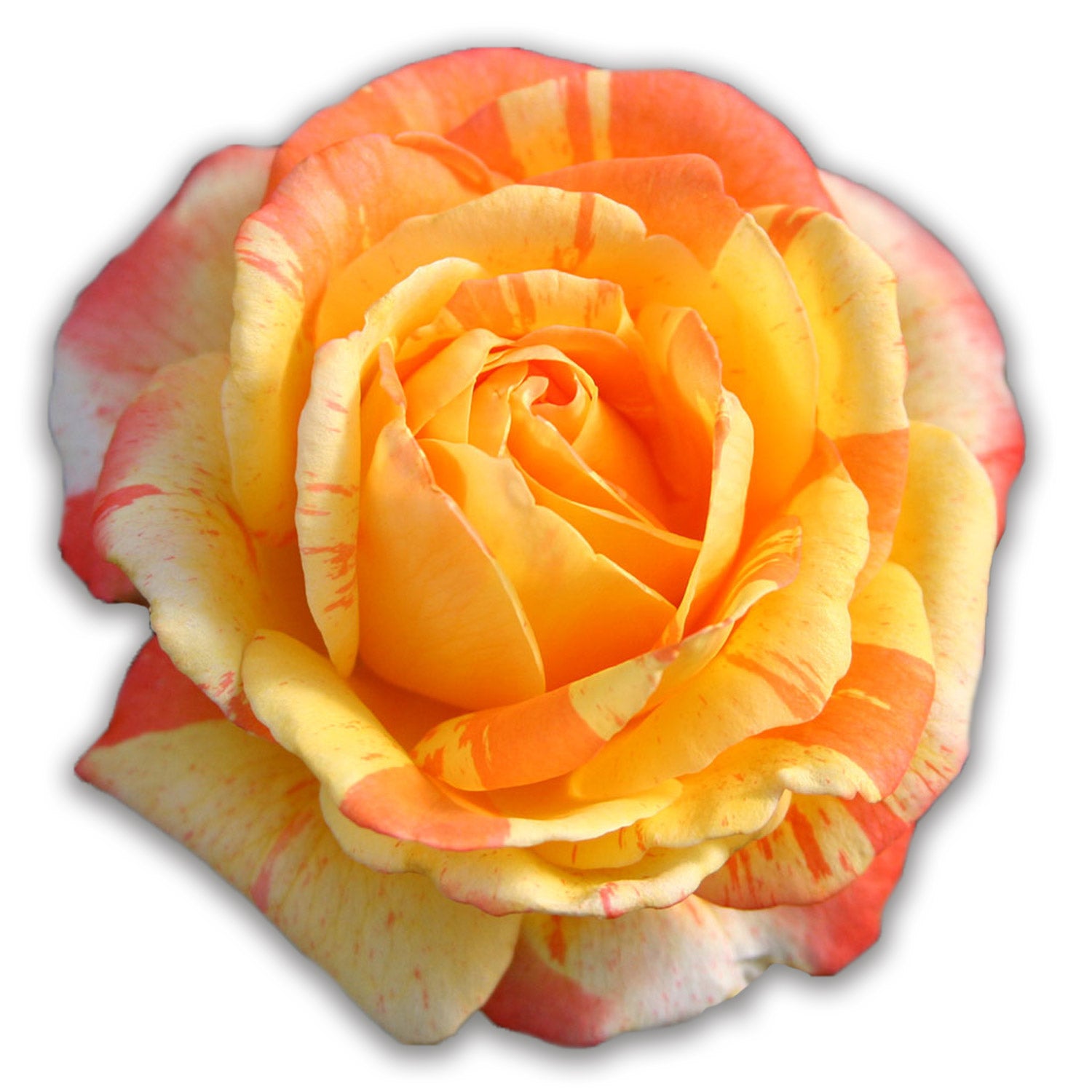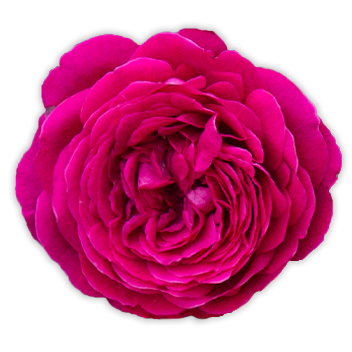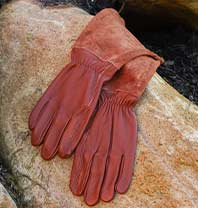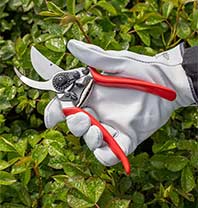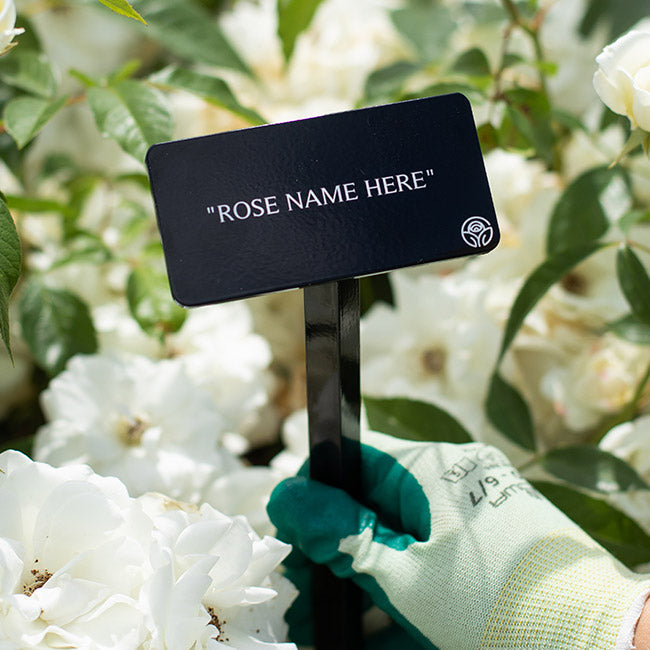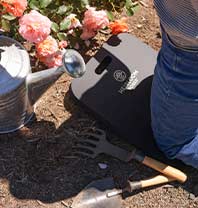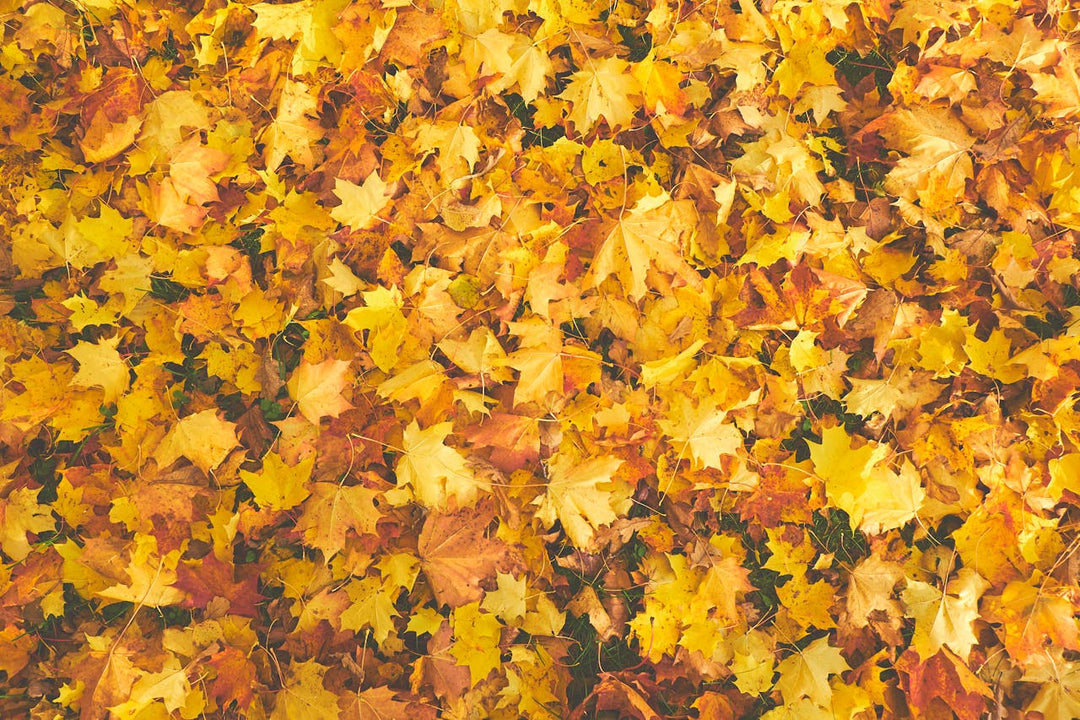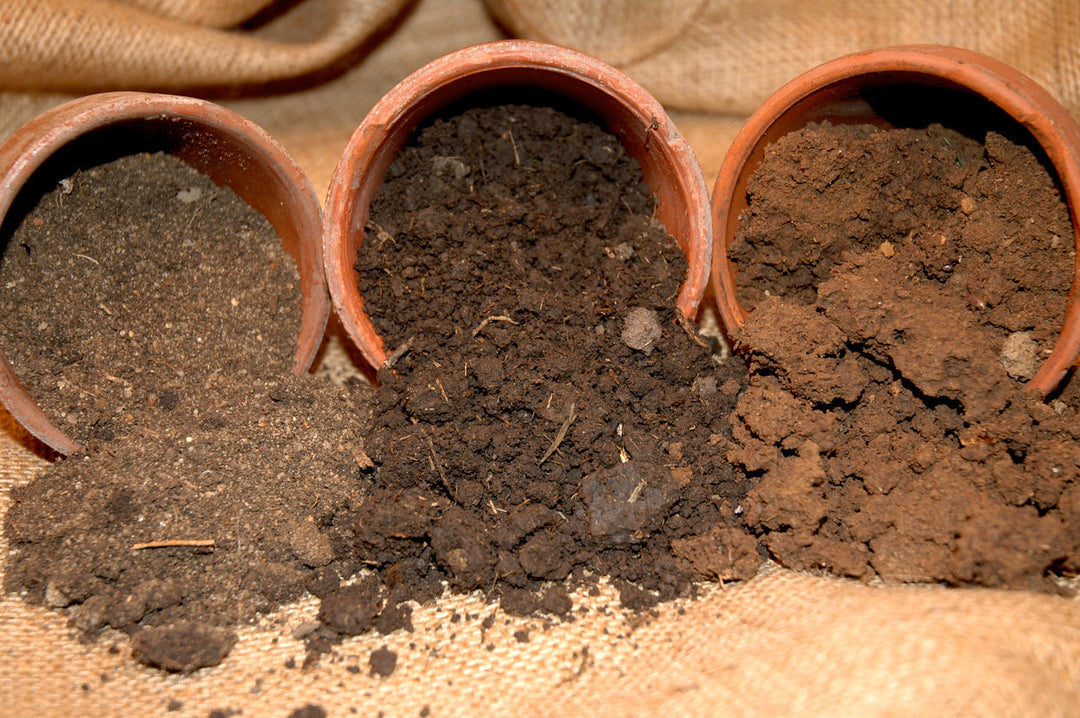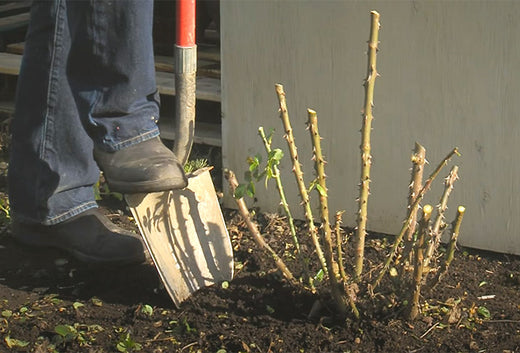Rudbeckia: Black-Eyed Susans Brighten the Late Summer Days
Rudbeckia are a favorite perennial, especially in the midwest. Affectionately known as Black-Eyed Susans, these sun-loving plants will draw in pollinators and foraging birds from late summer to fall. Known for their bright yellow petals and dark centered cones, this perennial has come a long way from being known as just a “wildflower.” With new varieties in a wider selection of colors, she is taking center stage in the dog days of summer bringing a cheery note to the garden as other perennials begin to fade.
Rudbeckia are a member of the sunflower family and can thrive in zones 3-9. If she had her choice, she’d prefer warm temperatures of 60℉ and above. She is unfazed by humidity and establishes as drought tolerant by the end of her first growing season.
Loved by Birds and Self-Seeding
As long as Rudbeckia is planted in well draining soil that receives at least 6-8 hours of sunlight, she will push out beautiful blooms that require little care. Some varieties are actually biennials but thanks to her self-seeding habit, gardeners can enjoy continual blooms year after year.
Black-Eyed Susans also announce the onset of fall. You’ll see her start to bloom in late July to early August as the temperatures peak, and she will stick around right to the first frost. Avoid deadheading all of the flower heads in late fall so the birds can come visit your garden and enjoy the dried seeds.
Planting and Care
Plant Rudbeckia in full sun and well draining soil. If you live in a humid climate, make sure she is in a place that will have adequate airflow. Dig a hole as wide and deep as the plant’s pot, loosening up the soil inside the hole to allow the roots to easily spread out. Remove the plant from the pot, gently loosen the roots and place in the hole replacing the soil back around it. Water thoroughly. Keep watering regularly until she is established in the first growing season. After that, Rudbeckia does not need much additional water.
There is also no need to fertilize Rudbeckia as too much fertilizer can decrease flower production. If the soil needs to be amended, add a generous amount of compost to the soil or as a top dressing or at the time of planting.
Rudbeckia will flower more often if you deadhead throughout the growing season. If you forget to deadhead and notice the whole plant is looking a little sad, cut it back to about 4-6” tall. That will allow the plant to push out a second flush of blooms. Since Black-Eyes Susans are aggressive self-seeders, you will need to deadhead spent blooms and leave just a few for the birds or you will end up with many plants for the next growing season as she spreads in the garden.
Divide Rudbeckia in the early spring or fall by digging up the plant and dividing into segments of at least 4” that include foliage and roots. Replant as you would a new plant. Rudbeckia are replicated through both rhizomes under the soil and seeds that it will drop into the soil. So keep the space tidy if you wish to keep the plant contained.
Our favorites for us this season are: Autumn Colors, Little Goldstar, Cherokee Sunset, and Cherry Brandy.




